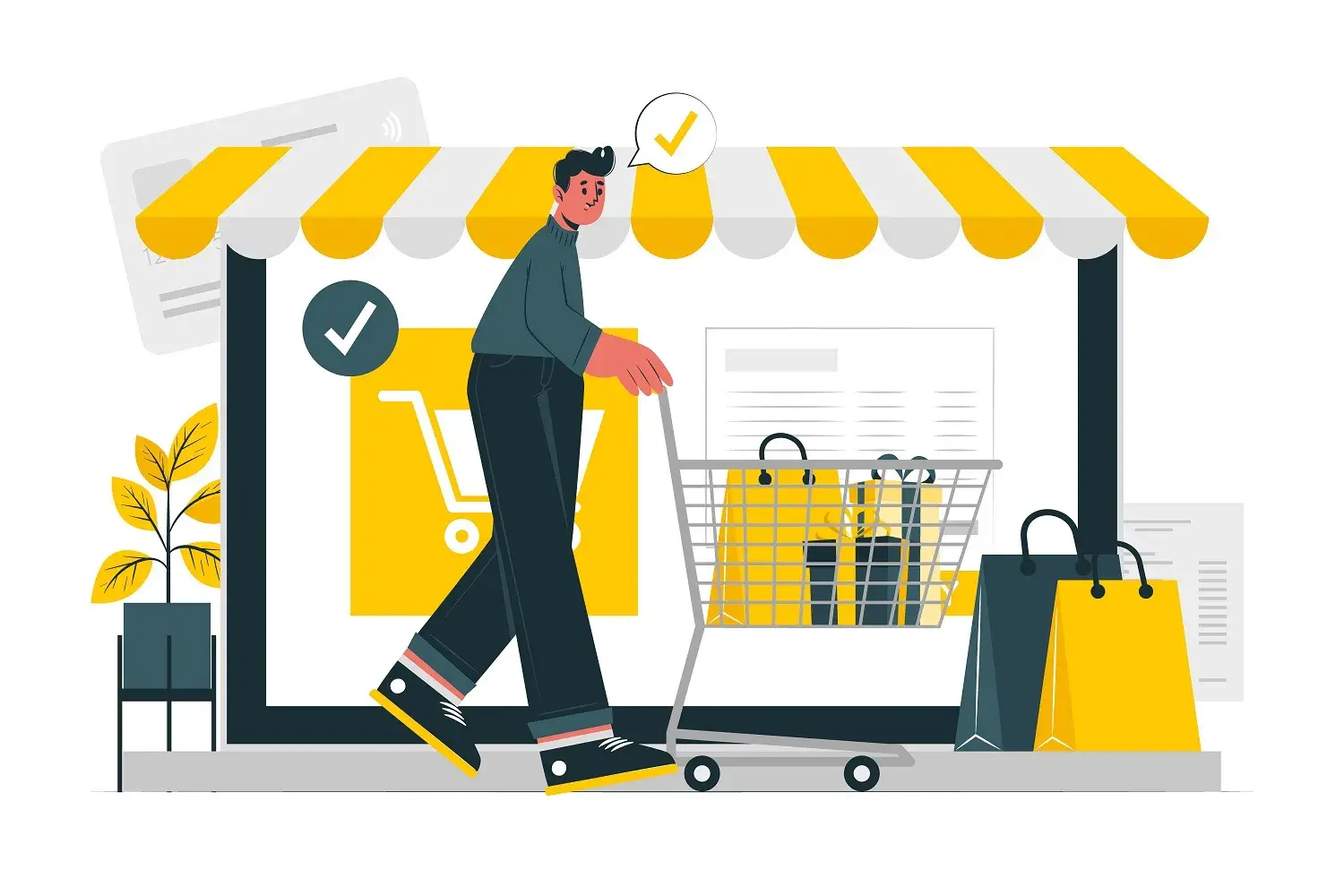Editorial Note: We are an inventory management software provider. While some of our blog posts may highlight features of our own product, we strive to provide unbiased and informative content that benefits all readers.
Shoplifting, the act of unlawfully taking merchandise from a store without paying for it, has become a prevalent issue affecting both small and large retailers. This crime is not only a financial burden for businesses but also has social implications.
In this article, we will explore the different aspects of shoplifting, its impact on the retail industry, and the measures taken to mitigate this problem.

Understanding Shoplifting and Its Various Forms
Shoplifting is typically defined as the unauthorized removal of merchandise from a store without paying for it. However, there are other actions that can also be considered shoplifting:
- Altering a price tag
- Removing or attempting to remove security tags or other theft-prevention devices
- Concealing an item on one’s person while still in the store (e.g., putting merchandise in a pocket or purse)
- Removing an item from its packaging and hiding it among other merchandise
These actions, if done with the intent to steal or pay less for an item, can lead to criminal charges and civil lawsuits.
The Prevalence and Impact of Shoplifting on Retailers
Shoplifting is a widespread issue, with many instances going undetected and unreported. Studies have shown that only about one in 150 shoplifting incidents leads to the offender’s apprehension and subsequent police action. This crime affects businesses of all sizes, particularly self-service stores selling small, easily concealable items.
Retailers often experience financial losses due to shoplifting, with some businesses losing as much as 2-3% of their goods sold. This loss, known as shrinkage, can lead to increased prices for consumers and reduced profits for businesses. Additionally, shoplifting can have a negative impact on employee morale and safety, as well as the overall shopping experience for customers.
Differentiating Between Shoplifting and General Theft
In many jurisdictions, shoplifting is considered a form of theft or larceny and is prosecuted accordingly. However, some states differentiate between shoplifting and general theft for charging and sentencing purposes. In these cases, shoplifting may be treated less severely than other theft offenses, such as being classified as an infraction rather than a misdemeanor.
The Role of Organized Retail Crime in Shoplifting
Organized retail crime (ORC) is a growing concern in the retail industry. ORC involves groups of individuals who engage in coordinated thefts from retail establishments, often stealing large quantities of merchandise for resale. These criminal networks contribute significantly to the overall problem of shoplifting and can cause even greater financial losses for retailers.
National Retail Federation (NRF) data shows that organized retail crime is the primary reason for retail shrinkage, which reached $94.5 billion in 2021. The NRF also found that theft en route from distribution centers to stores was the top target for criminals, followed by theft at stores and theft en route from manufacturers to distribution centers.
The Legal Consequences of Shoplifting
Individuals caught shoplifting can face both criminal charges and civil lawsuits. Criminal penalties for shoplifting vary depending on the value of the stolen merchandise and the offender’s criminal history. Penalties can range from infractions to misdemeanors or felonies, with more severe consequences for higher-value thefts or repeat offenses.
In addition to criminal charges, shoplifters can be held civilly liable for damages caused by their actions. This can include payment for the full retail value of the stolen item (if not returned in sellable condition), reimbursement for the store owner’s financial losses, additional civil penalties, and repayment of the store owner’s court costs and reasonable attorney fees.
Strategies for Combating Shoplifting
Retailers can employ various strategies to combat shoplifting and protect their businesses. Some of these measures include:
- Installing surveillance cameras and security systems
- Employing security personnel or loss prevention specialists
- Implementing inventory control and tracking systems
- Training employees to recognize and respond to shoplifting behavior
- Designing store layouts to reduce opportunities for theft
- Utilizing anti-theft technology, such as security tags and alarms
A Call for Legislative Action to Address Shoplifting
There is a growing need for legislative action to address the issue of shoplifting and protect the retail industry. The National Retail Federation is lobbying for the Combatting Organized Retail Crime Act, which would create a function within the Department of Homeland Security to address the issue on a national level. This legislation would enable better coordination between law enforcement agencies, provide additional resources, and require reporting to Congress.
The Importance of Collaboration in Tackling Shoplifting
Effective collaboration between retailers, law enforcement, and policymakers is essential in addressing the issue of shoplifting. By working together, these stakeholders can develop and implement policies, strategies, and technologies that will help reduce the financial and social impact of shoplifting on businesses and communities.
Conclusion
Shoplifting is a growing concern that affects retailers of all sizes and has significant financial and social implications. By understanding the various aspects of shoplifting, implementing effective prevention measures, and advocating for legislative action, businesses and communities can work together to mitigate the impact of this crime and promote a safer, more secure retail environment.
Take a Quiz Test - Test Your Skill
Test your inventory management knowledge. Short multiple-choice tests, you may evaluate your comprehension of Inventory Management.
